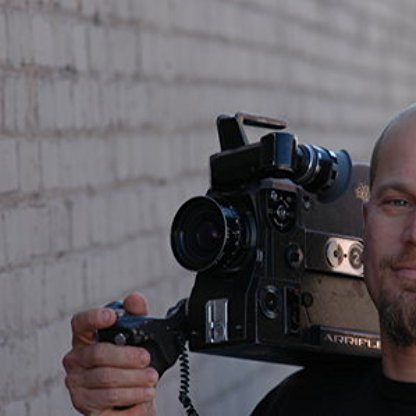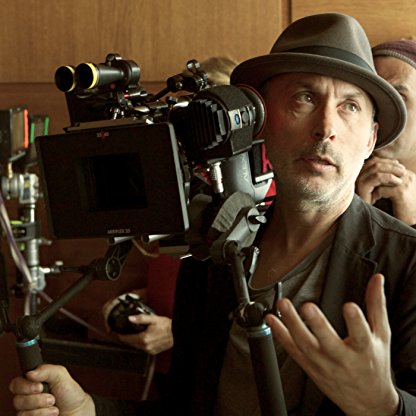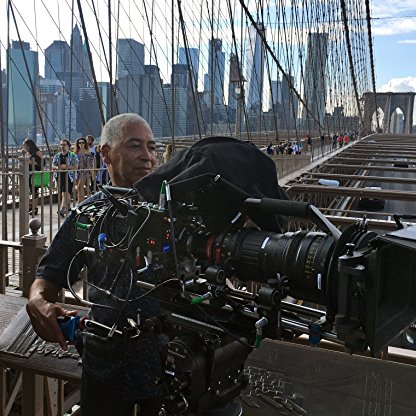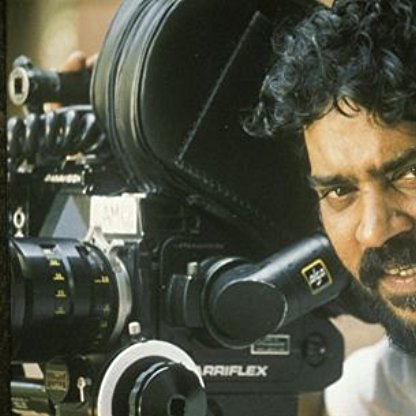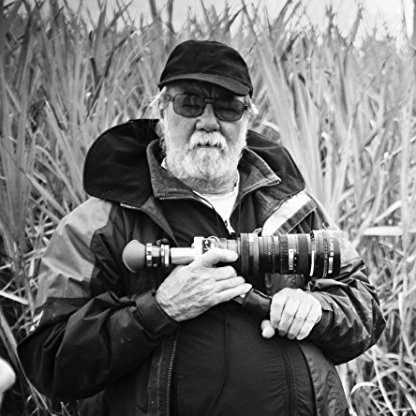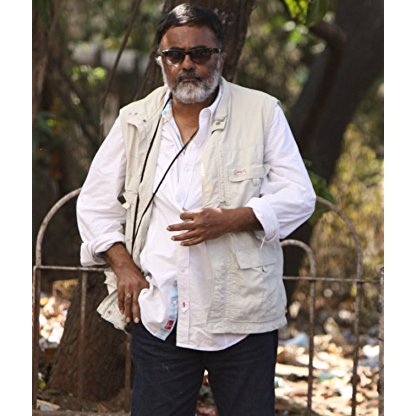💰William C. Mellor Net worth and Salary
- The Adventures of Ozzie and Harriet (1952) - $1,000 /week
Some William C. Mellor images
Mellor began his career in the photographic labs at Paramount in the mid-20's. By 1934, he had graduated to full-time director of photography, working primarily on the studio's lesser productions. At the same time, he continued to serve his apprenticeship by assisting veteran cinematographer Victor Milner as first camera operator on A-grade features.
Mellor left Paramount in 1943, to join the U.S. Army Photographic Unit, shooting documentary wartime footage under the aegis of director George Stevens.After the war, Mellor found regular work with most of the major studios: United Artists (1946, 1948-49), Universal (1947-48), MGM (1950-54) and 20th Century Fox (1957-62).
He acquired a solid reputation for versatility across every genre of filmmaking. He excelled at outdoor and location photography, best exemplified by William A. Wellman's austere black & white pioneering saga Westward the Women (1951), and Anthony Mann's powerful revenge western The Naked Spur (1953).
In stark contrast, Mellor (working again with George Stevens), also shot the black & white melodrama A Place in the Sun (1951) (with John F. Seitz), using diffuse lighting and soft focus lenses. The romantic look of the film with its lingering close-ups, contributed to the New York Times (August 29, 1951) reviewing the picture as "a work of beauty, tenderness, power and insight".
In the same vein, the Stevens-directed Giant (1956), with its sweeping vistas, and the lush, warm look of Peyton Place (1957), offer nothing like the suitably harsh, barren desert visuals of Bad Day at Black Rock (1955), shot in widescreen Panavision.
Mellor died from a heart attack while filming The Greatest Story Ever Told (1965) (Stevens again the director) and was replaced by Loyal Griggs. While the film was not a commercial success, its stylized visuals nonetheless garnered Mellor a posthumous Oscar nomination.
William C. Mellor Movies
- A Place in the Sun (1951) as Cinematographer
- Giant (1956) as Cinematographer
- The Diary of Anne Frank (1959) as Cinematographer
- Peyton Place (1957) as Cinematographer

